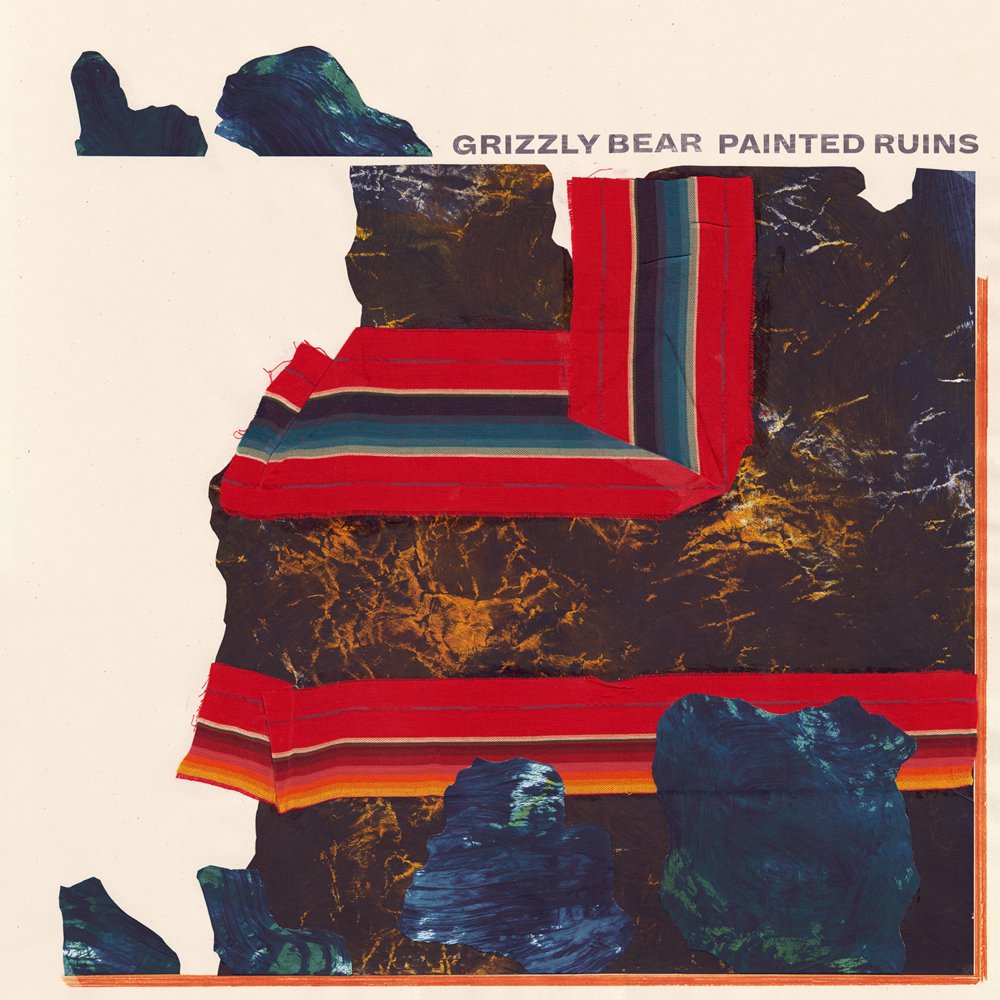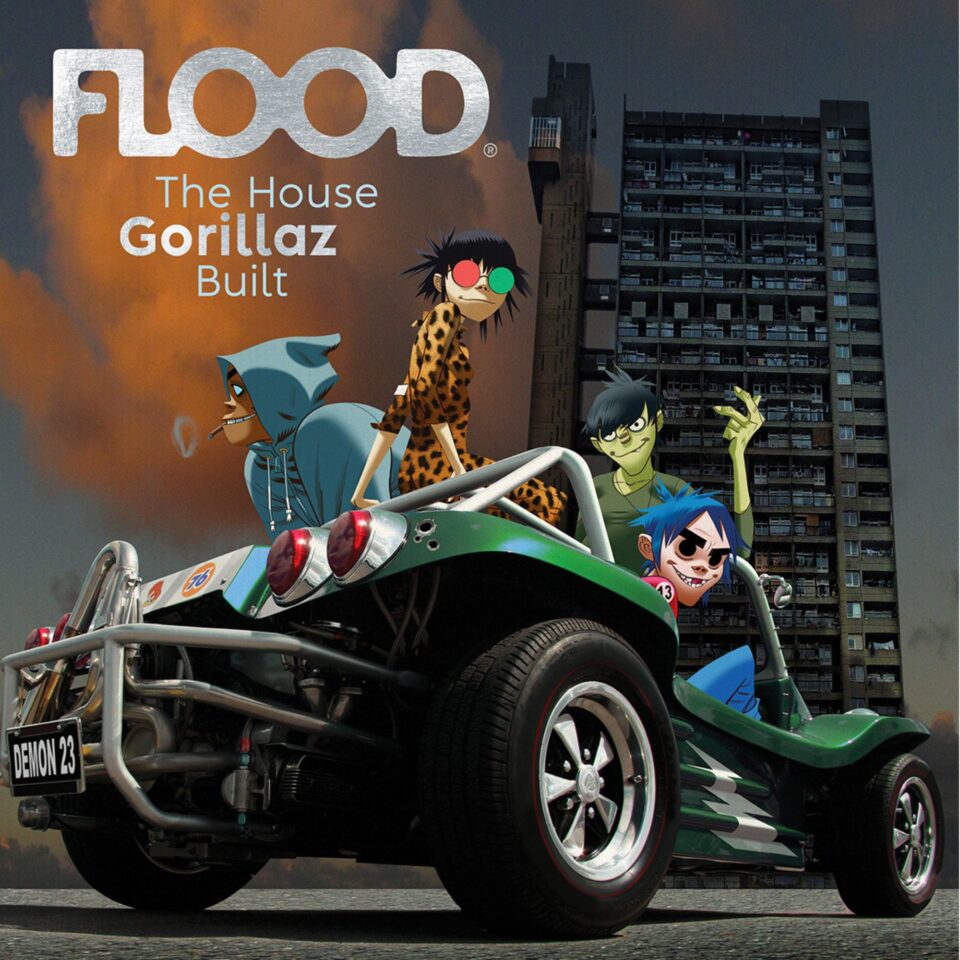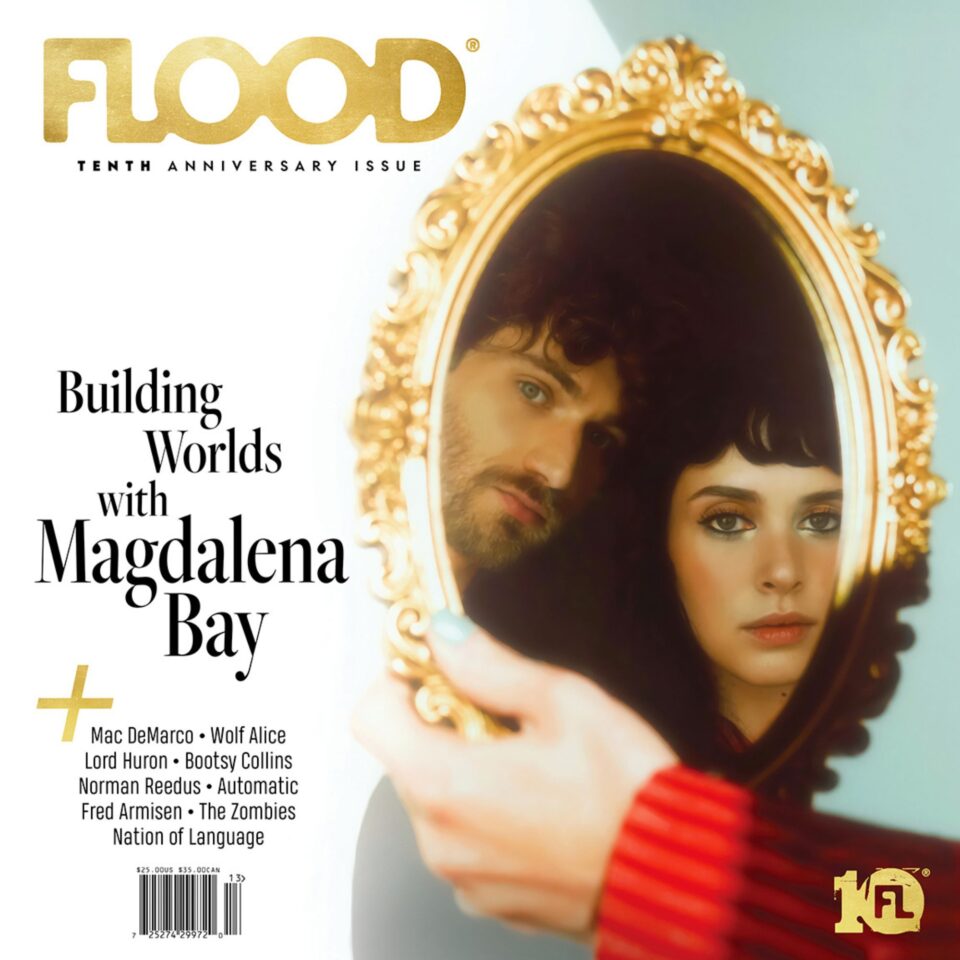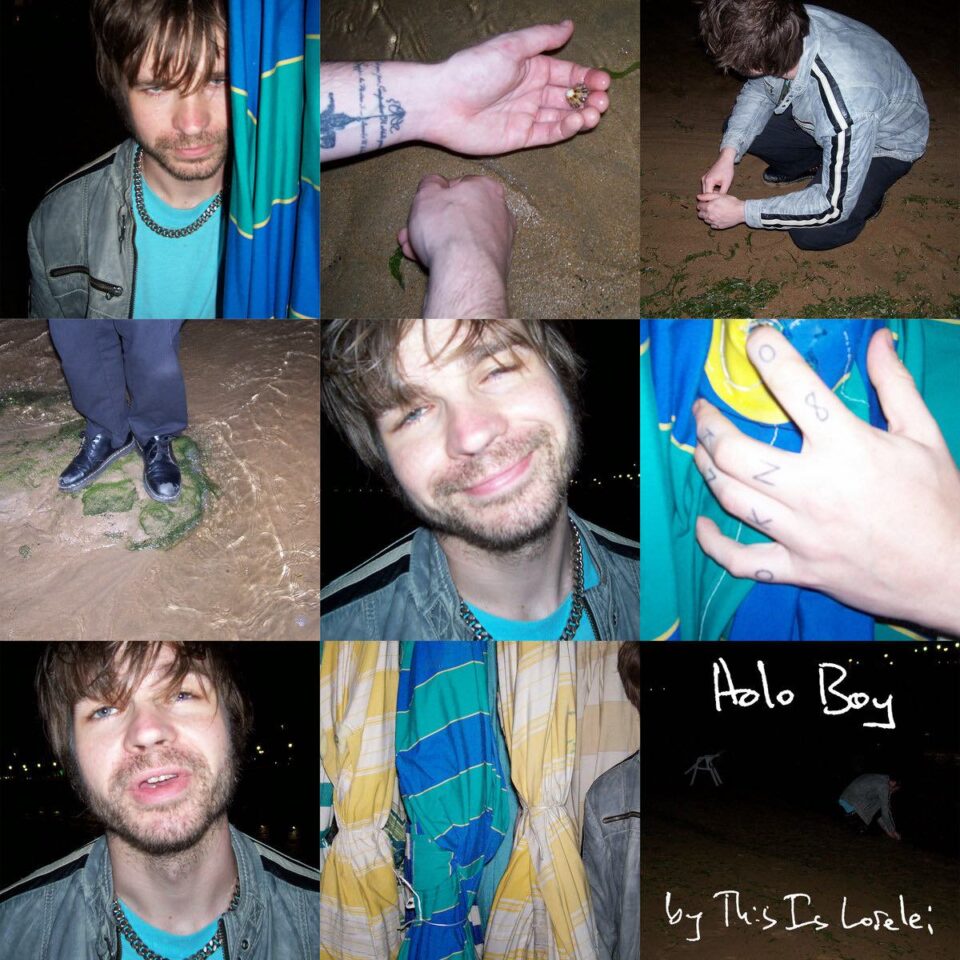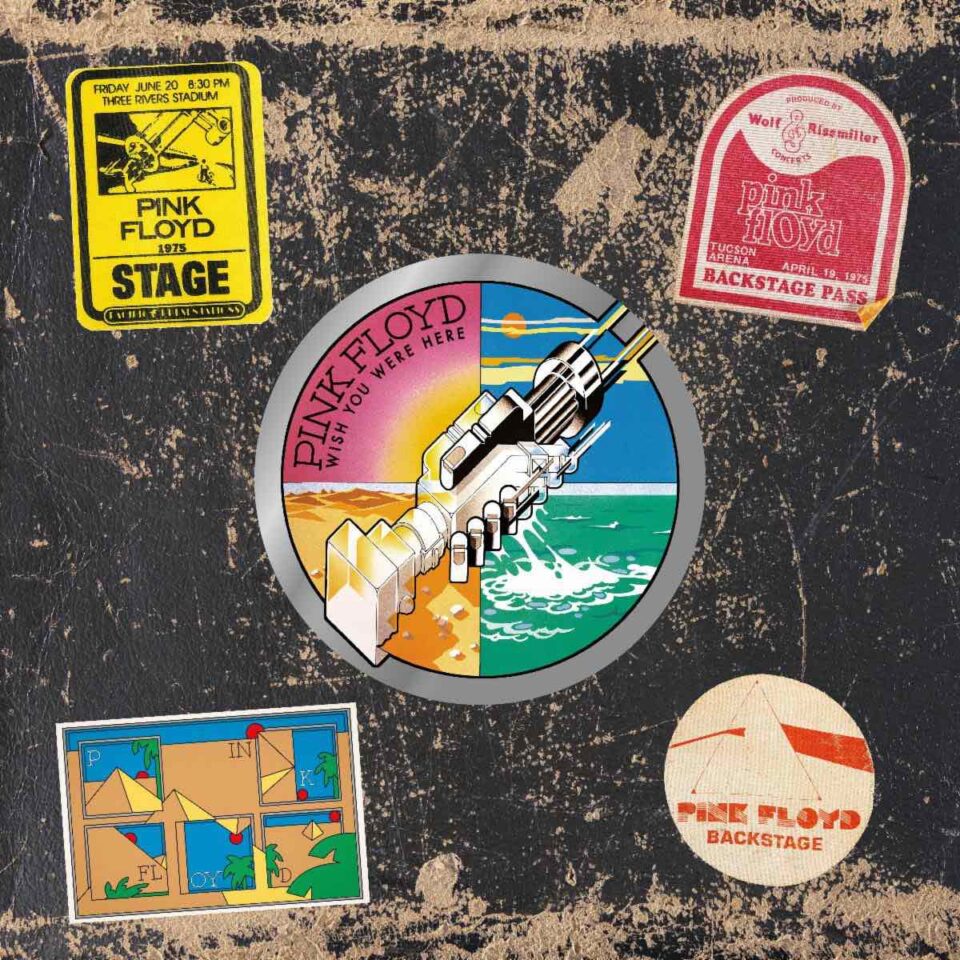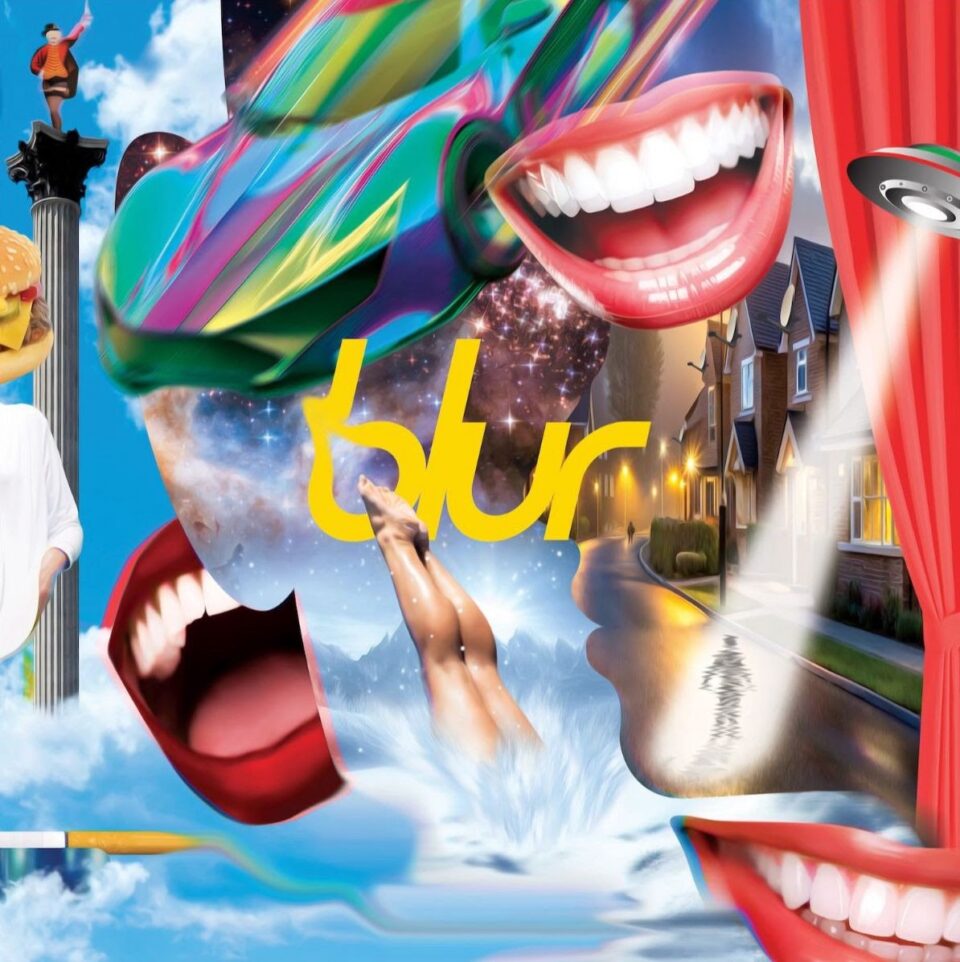Grizzly Bear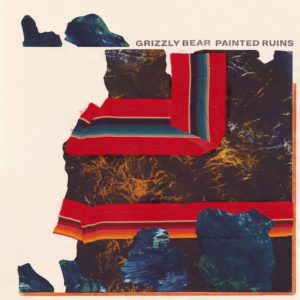
Painted Ruins
RCA
7/10
Perhaps the five years between albums left Grizzly Bear a bit rusty. From 2006’s Yellow House through 2012’s Shields, the Brooklyn band got better with every release, with Shields closer “Sun In Your Eyes” representing their artistic high point. But on Painted Ruins, the band starts small.
Album opener “Wasted Acres” sounds like the dictionary definition of a Grizzly Bear song without all the quiet subtleties that accent their best work. The next track, “Mourning Sound,” is one of the album’s singles thanks to its propulsive poppiness, an uptempo engagement that immediately introduces the listener to a new, exciting iteration of Grizzly Bear. The album continues with “Four Cypresses,” which is led by Chris Bear’s military-esque drum rolls. It’s dark and dreamy, with Daniel Rossen’s husky voice leading the way.
The album grows in experimentation from there as Rossen, Bear, Ed Droste, and Chris Taylor move forward without abandoning their core. They succeed thrillingly on “Three Rings,” which is underscored by a dusty electronic drum loop stripped from the Burial handbook. The song lopes and moans, with Droste using his voice to great effect. It’d feel melancholy if the result weren’t so trance-inducing in its shimmering brilliance.
At this point in their history, Grizzly Bear don’t have much to lose. They’re one of the biggest rock acts around—Painted Ruins is their first LP for a major label, after all. This new record is a tent post for Grizzly Bear and their fans alike, a sign to see where, exactly, the band is and where they want to head. It’s likely a disservice to stack it up against their previous releases, but such an exercise illuminates Painted Ruins as the logical next step for the band.
The album ends with “Sky Took Hold,” another classic Grizzly Bear finale. It’s the best song on the album, beginning slowly with tom rolls that sound like the slow unfurling of a summer thunderstorm. Out of nowhere, a scorched-Earth guitar tone leads the band into a place of nervous triumph, with Rossen’s voice leading the charge forward. The style is evocative of their earlier work, but the subtle tricks they pull leave a profound impact: The searing guitar line, the slowed breakdown, and the large, free-for-all swell at the track’s end all combust beautifully. It’s reminiscent of their strongest work, yet it’s just different enough. That’s how all of their best songs function, and it’s how Painted Ruins functions as a whole: It’s exciting and fresh, yet wholly of a piece with the work that has made Grizzly Bear one of the best bands in rock music. With Painted Ruins, they keep that title.

